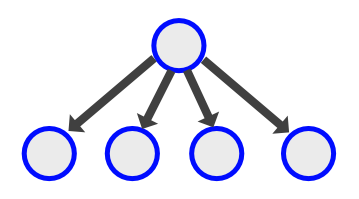

Plenty more configuration options allow you to use Kafka in whatever way is best for you, with near limitless customization. 3 Answers Sorted by: 13 No - Redis' Pub/Sub has no persistence, and once a message has been published, it is sent only to the connected subscribed clients. Kafka then records the messages and which consumer group retrieved them, so they aren't served to the same consumer twice. Topic: each consumer accepts each message from the topic I believe that Google Pub/Sub should support something like this, but a quick Googling didn't help me to answer that question. In JMS there are 2 options: Queue: only one consumer can accept message. Kafka makes reactive programming possible because it retains messages and uses consumer groups, which identify themselves to Kafka when they retrieve a message. 2 I am familiar with JMS and novice with Google Pub/Sub. Stream processing means high throughput and different functionality compared to a message queue. This allows you to adopt a reactive programming approach with a publish-subscribe pattern. With Kafka, you can still scale your system to enable parallel processing, but you can also add different kinds of consumers that execute various types of logic when a single event occurs. This makes Kafka a message broker or a streaming platform. Kafka lets you replay messages to allow for reactive programming, but more crucially, Kafka lets multiple consumers process different logic based on a single message. These messages will not be removed when a consumer retrieves them, making them persistent messages. Unlike a message queue, Kafka enables you to publish messages (or events) to Kafka topics. In other words, the messages in a message queue are more like commands, suited for imperative programming, while Kafka manages events that are suited for reactive programming. You can scale a message queue by having multiple consumers, but this doesn't necessarily enable you to trigger independent actions from the same event. In this sense, message queues are very similar to imperative programming in that once something happens, the queue decides that a certain action should occur downstream in the system.

Queues typically allow for some transaction, to ensure the message's desired action was successfully executed, and then the message is removed from the queue entirely. There are two primary categories of messaging models: message queuing and publish-subscribe (often referred to as pub-sub) messaging. A subscriber can pull a single message or a batch of messages at once. In its simplest form, a message queue allows subscribers to pull a message from the end of the queue for processing.

To better understand what Kafka can do for you, it's important to first understand the benefits and limitations of a basic message queue.


 0 kommentar(er)
0 kommentar(er)
